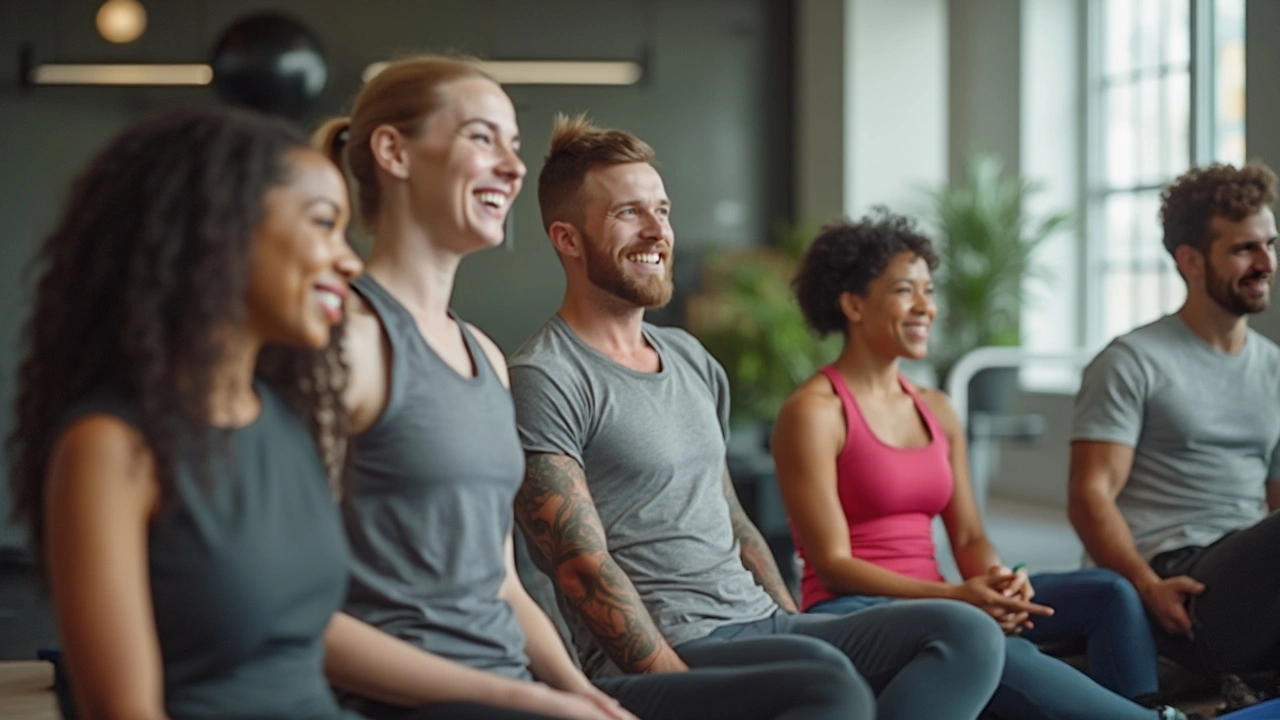This article breaks down why deep tissue massage is a game changer for athletes—whether you’re a pro, a weekend warrior, or somewhere in between. Discover how it tackles stubborn muscle knots, speeds up recovery, and helps keep injuries at bay. We’ll walk you through what to expect in a session, how to find skilled therapists, and what sets deep tissue apart from other massage styles. Everything is explained with real-life tips and easy-to-grasp info to help you feel confident booking your next session. Ready to find out why serious athletes swear by this treatment?
Athletic Performance Boost: The Power of Sports Massage
Ever wonder why elite athletes swear by massage after a hard session? It’s not just a luxury – it’s a proven way to chop downtime, calm sore muscles, and keep you moving at your best. Whether you’re training for a marathon, hitting the gym, or playing a weekend football match, a good sports massage can be the difference between a plateau and a breakthrough.
Why Your Body Craves Massage After Training
When you push hard, tiny tears pop up in muscle fibers. Your body kicks into repair mode, sending blood and nutrients to the area. A deep‑tissue or sports massage boosts that circulation, flushes out waste products like lactic acid, and speeds up the healing process. The result? Less stiffness, quicker range of motion, and a lower chance of a nagging injury turning into a major setback.
Massage also hits the nervous system. Light strokes trigger the release of endorphins – your natural painkillers – while firmer pressure calms the sympathetic ‘fight‑or‑flight’ response. In plain English: you feel less pain and more relaxed, so the next training session feels easier.
Choosing the Right Massage for Peak Performance
Not all massages are created equal. Here’s a quick guide to what works best for athletes:
- Sports Massage (15‑30 mins): Focuses on the muscles you used most during a workout. Great right after a session to reduce soreness.
- Deep Tissue (30‑60 mins): Targets deeper layers, perfect for chronic knots or tight areas that won’t loosen with light touch.
- Swedish (30‑45 mins): Gentle, flowing strokes that improve overall circulation – ideal for recovery days.
- Trigger Point (15‑30 mins): Pinpoints specific painful spots and releases them, often used for recurring aches.
Pick the style that matches your need that day. If you just finished a grueling leg workout, go for a sports or deep‑tissue session on the legs. If you’re in a lighter phase, a Swedish massage can keep blood flowing without adding too much pressure.
Want the best results? Schedule regular sessions – think once a week during a training block and once a month off‑season. Consistency builds tissue resilience and keeps your muscles primed for the next challenge.
Finding a qualified therapist in London is easier than you think. Look for someone with a sports‑massage certification, read client reviews, and ask about their experience with athletes similar to you. A quick phone call can reveal if they understand specific sports demands – a runner will need different focus than a weightlifter.
When you book, be clear about your goals: "I need faster recovery after sprint workouts" or "I’m dealing with tight shoulders from rowing." A good therapist will tailor the session, adjust pressure, and give you post‑massage tips – like gentle stretching or hydration reminders.
Bottom line: sports massage isn’t a nice‑to‑have add‑on; it’s a smart tool for anyone serious about athletic performance. It cuts downtime, eases pain, and helps you train harder, longer, and smarter. So next time you plan a tough workout, pencil in a massage and watch your performance climb.

